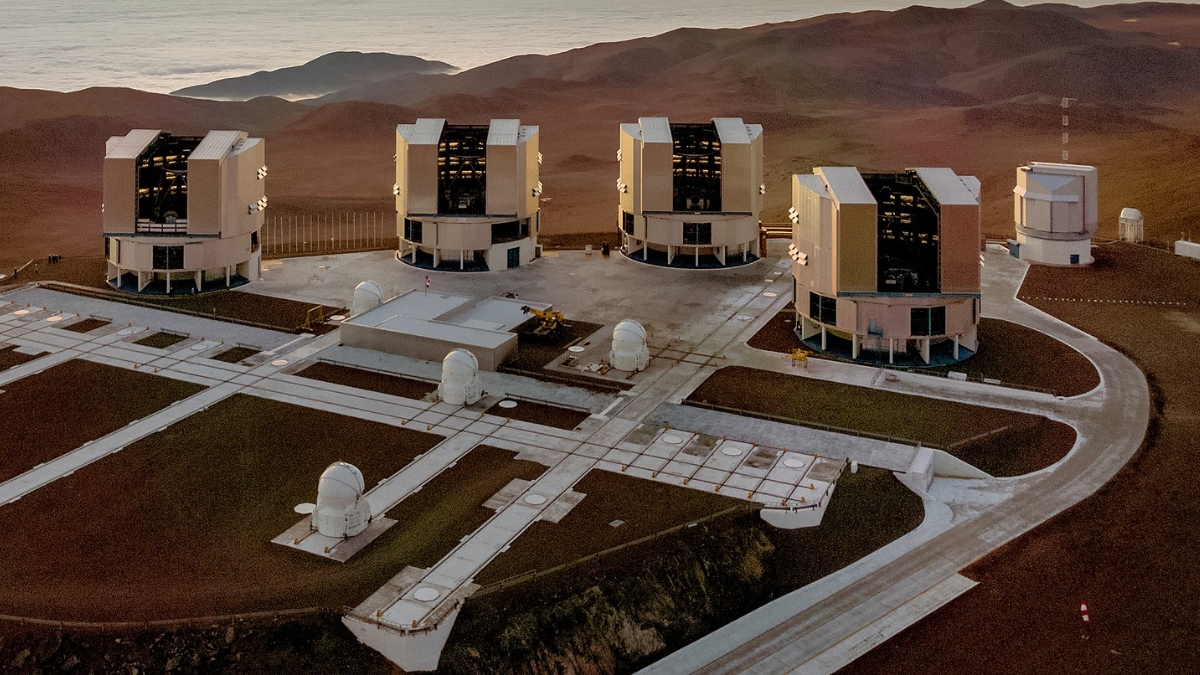Renewable Energy Facility Could Threaten the ESO’s Very Large Telescope with Light Pollution

Astronomers are growing concerned about a planned renewable energy project that could threaten one of the world’s most important stargazing locations with light pollution, Space.com reports.
AES Energy, a U.S. company, wants to set up a large renewable hydrogen production site in Chile, just a few kilometers from the European Southern Observatory’s (ESO) Very Large Telescope (VLT) on Mount Paranal.
This telescope, built in the 1990s for around $350 million (now valued at about $840 million), is one of the most advanced tools for exploring the universe.
Mount Paranal, located in the Atacama Desert, provides some of the clearest views of the night sky. The summit’s location in the Andes makes it one of the best places on Earth for observing stars, thanks to minimal light pollution.
Xavier Barcons, ESO’s Director General, warns that the INNA project would brighten the sky by up to 10%, potentially downgrading Paranal from a top-tier observatory to an average one. This increase in brightness would significantly limit the VLT’s ability to study faint celestial objects, a vital part of its mission.
The VLT consists of four large telescopes that work together to capture detailed images of distant stars and galaxies. Its location on Paranal has allowed it to achieve major milestones in astronomy, such as observing the movements of stars around the Milky Way’s black hole and capturing the first image of an exoplanet.
The INNA project, which includes solar and wind farms, battery storage, and hydrogen production facilities, is expected to produce as much light pollution as a small city of 20,000 people. Barcons argues that the project could be moved 50 kilometers away without losing its benefits, while preserving the observatory’s unique sky conditions.
The proposed industrial park is massive, covering over 3,000 hectares and costing $10 billion. Despite its green energy goals, it poses a major challenge for astronomers. ESO, committed to reducing its carbon footprint, already uses solar power at its observatories but insists that the INNA project should find a different location.
This situation highlights the ongoing battle between preserving our view of the cosmos and expanding renewable energy infrastructure. As the world’s largest telescope, the Extremely Large Telescope (ELT), nears completion on the neighboring Mount Armazones, protecting the dark skies above Paranal has never been more critical.
Have something to add? Let us know in the comments below!
